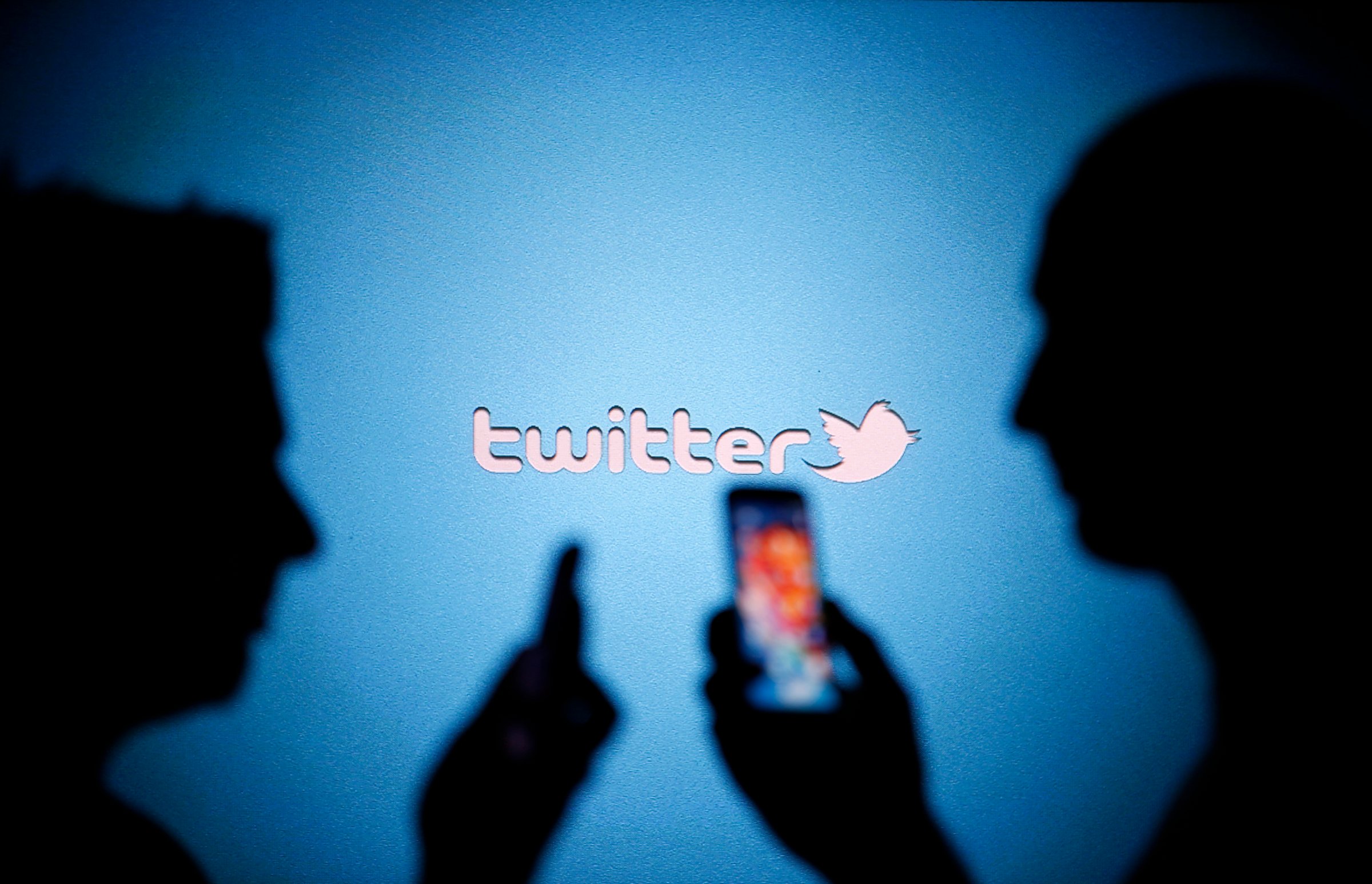
Based on Facebook and Twitter chatter, it can seem like Ebola is everywhere. Following the first diagnosis of an Ebola case in the United States on Sept. 30, mentions of the virus on Twitter leapt from about 100 per minute to more than 6,000. Cautious health officials have tested potential cases in Newark, Miami Beach and Washington D.C., sparking more worry. Though the patients all tested negative, some people are still tweeting as if the disease is running rampant in these cities. In Iowa the Department of Public Health was forced to issue a statement dispelling social media rumors that Ebola had arrived in the state. Meanwhile there have been a constant stream of posts saying that Ebola can be spread through the air, water, or food, which are all inaccurate claims.
Research scientists who study how we communicate on social networks have a name for these people: the “infected.”
Trying to stem the spread of bad information online actually shares many similarities with containing a real-world virus. Infected Internet users, who may have picked up bogus info from an inaccurate media report, another person on social media or word-of-mouth, proceed to “infect” others with each false tweet or Facebook post. “We have millions and millions of people on these social networks,” says Ceren Budak, a researcher who studies online communications at Microsoft Research. “Most of them in certain cases are not going to have reliable information, but they’re still going to keep talking.”
Part of the problem is the piecemeal way in which people now gather their news. According to a Pew Research Center study, almost a third of U.S. adults get at least some of their news from Facebook, where authoritative sources are jockeying for position with friends and relatives. Experts say people are more likely to trust information that comes from people they know. “When your friends say something to you, it’s not just the information itself,” Budak says. “It’s the fact that ‘Oh, he’s my friend and I trust him. Therefore I trust the piece of information.’”
Meanwhile on Twitter, a single false statement can quickly affect thousands. During the confusion following the bombing of the 2013 Boston Marathon, would-be online sleuths misidentified a missing college student as a primary suspect in the case. His name ended up trending nationally on Twitter, though he had nothing to do with the attack. When hackers broke into the Associated Press’s Twitter account last spring and posted a message claiming that the White House had been attacked, the S&P 500 Index immediately tumbled, briefly wiping out about $130 billion in value.
People like to believe they aren’t gullible enough to fall for a hoax or rumor, but research shows that isn’t always the case. If a piece of information is highly surprising or comes from a trusted source, experts say people are more likely to spread it. A 2011 University of Michigan study of five rumors on Twitter showed that 43% of the users studied seemed to believe the false information they were posting (rather than debunking it or posting it neutrally).
Moments of crisis, when there’s a vacuum of accurate information, only exacerbate this. “Fear has a role,” says Emilio Ferrara, a postdoctoral fellow at Indiana University’s Center for Complex Networks and Systems Research. “If I read something that leverages my fears, my judgement would be obfuscated, and I could be more prone to spread facts that are obviously wrong under the pressure of these feelings.”
Quick, accurate information disseminated as widely as possible, experts say, is the only way to combat the spread of falsities. The Centers for Disease Control and Prevention, for its part, has been sending out constant updates on Ebola on its website and social media accounts. Less than three hours after confirming the Ebola case in Dallas, the CDC sent a tweet featuring detailed, illustrated explanations for how people can and can’t contract the virus. It’s been retweeted more than 4,000 times, a record for the agency. The CDC also hosted a Twitter chat Oct. 2, answering more than 150 questions about Ebola. “Rumors move much more quickly in the social media space than they would have otherwise,” says Barbara Reynolds, head of public affairs for the CDC. “People want information and one of the best things we can do is give them information in a way that they can take it in and manage their emotions.”
Still, timely information may not be enough to stem fear-mongering on the Web. Asking the social networks themselves to monitor bogus information is a non-starter, rumor experts say, as that could basically amount to censorship. The most effective way to beat back a rumor that won’t die is to get influencers in different spheres to spread correct information in their individual networks of friends. “The people who are being misinformed are not necessarily the people who were listening to CDC to begin with,” Budak says. “It’s really crucial to study this problem as a network problem and to leverage the connections between ordinary people.”
To some extent, that’s already happening. Tweet Like a Girl, a humor-focused Twitter account with more than 1 million followers, tweeted the CDC’s “Facts About Ebola” image and warned followers to stop “freaking out.” The message has been retweeted almost 12,000 times, spreading much further than it did through the original CDC tweet. In this case, one of the most-shared messages of the Ebola crisis is spreading fact instead of fiction.
Alexandra Sifferlin contributed to this report.
More Must-Reads from TIME
- Cybersecurity Experts Are Sounding the Alarm on DOGE
- Meet the 2025 Women of the Year
- The Harsh Truth About Disability Inclusion
- Why Do More Young Adults Have Cancer?
- Colman Domingo Leads With Radical Love
- How to Get Better at Doing Things Alone
- Michelle Zauner Stares Down the Darkness
Contact us at letters@time.com